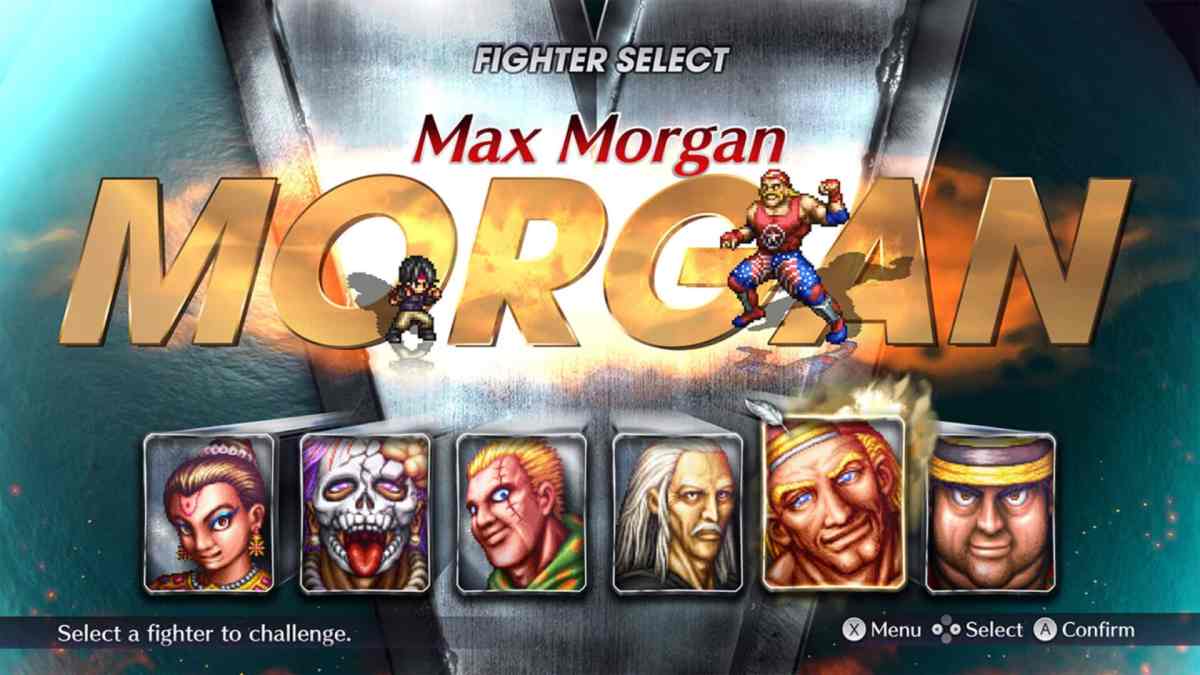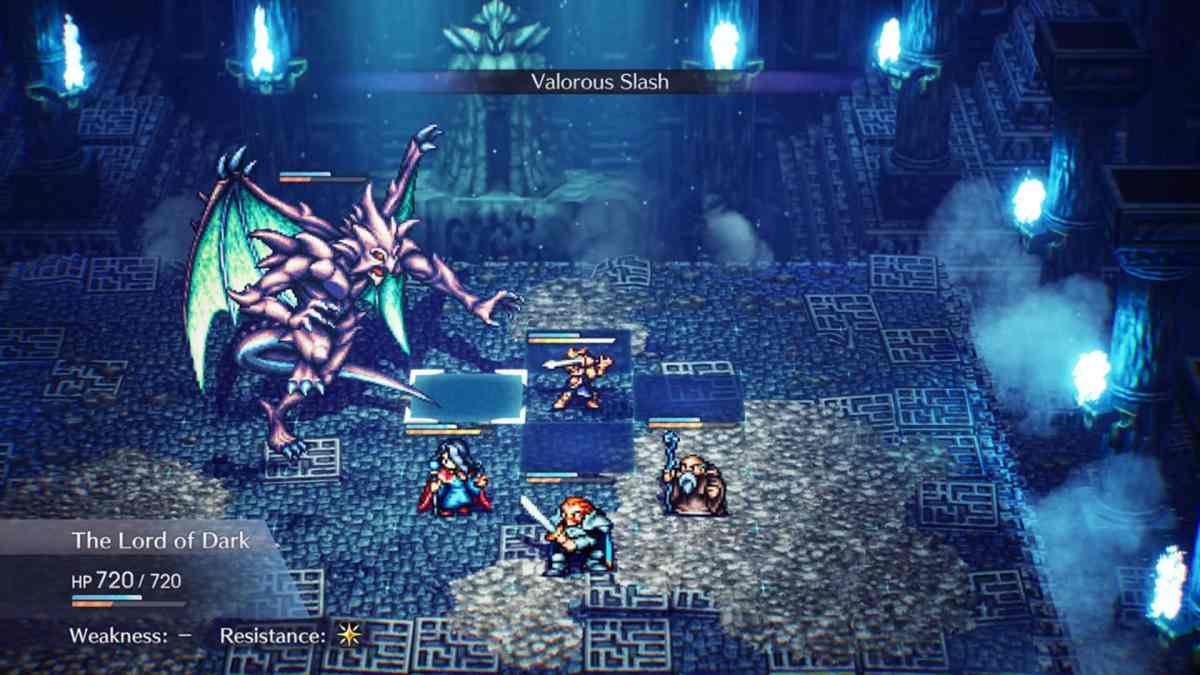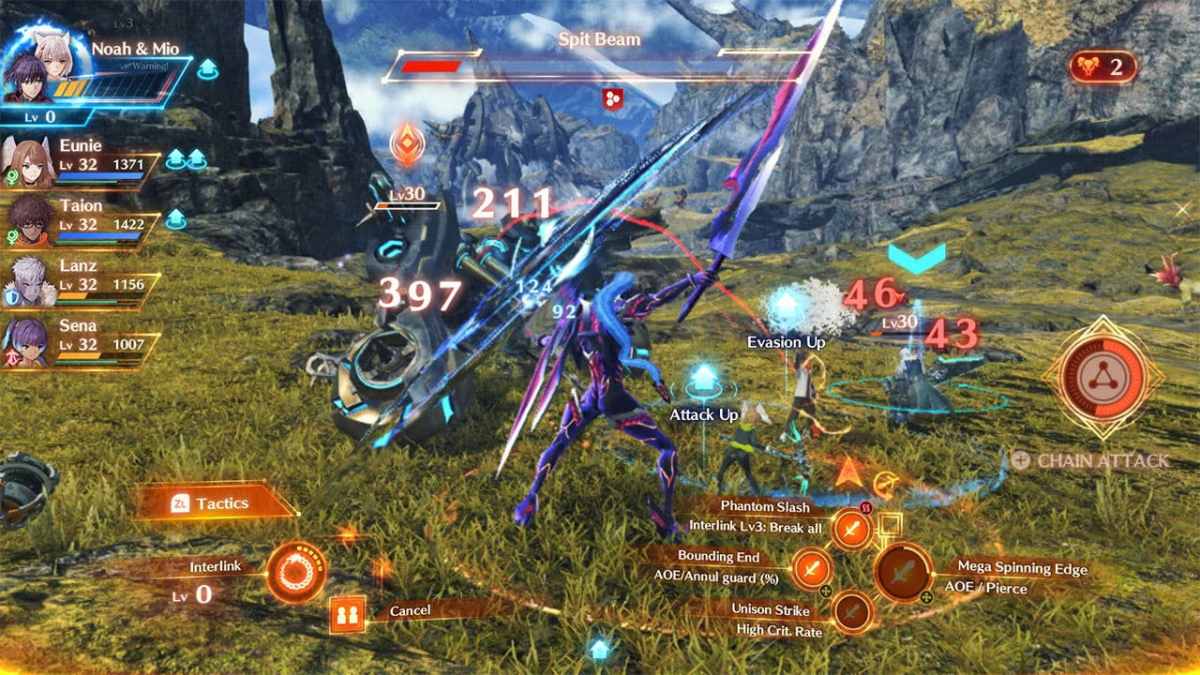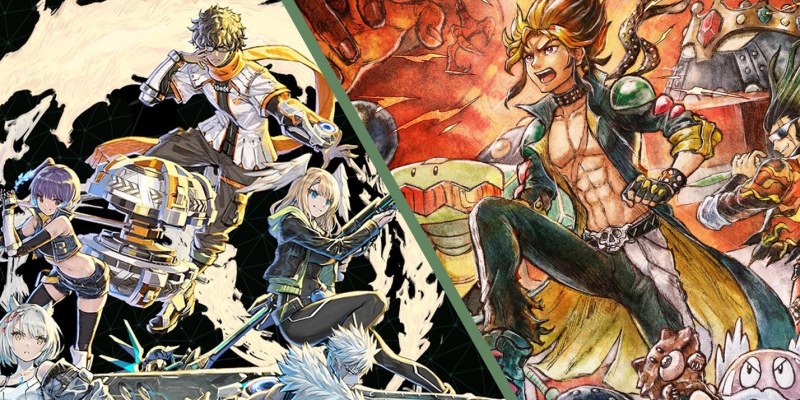JRPG fans have had their plate full recently. In the span of a week, Live A Live and Xenoblade Chronicles 3 both launched on Nintendo Switch. The former is a remake of a Japan-only 1994 SNES Square JRPG, and the latter is the latest entry in arguably Nintendo’s flagship JRPG franchise. Needless to say, both of these games are great, but having spent time with both, I feel that we really should have more games like Live A Live than Xenoblade Chronicles 3.
When I reached the 20-hour mark of Xenoblade Chronicles 3, I felt like I had barely scratched the surface and had so much more left to go. I still liked what was happening and found myself growing to like its cast, but then I thought back to Live A Live. At the 20-hour mark, I had beaten the game and felt like I had numerous complete and satisfying stories told, each memorable in its own way. That isn’t to say I’m not engaged with Xenoblade Chronicles 3, but I’m having a hard time compartmentalizing my experiences with these two games.
At first, I thought that this was merely an issue of length. Live A Live has nine-ish stories within it that can take anywhere from half an hour to four hours to tell, while Xenoblade Chronicles 3’s singular story will take dozens of hours to complete. Like a good anthology show, you walk away satisfied after each chapter of Live A Live with your biggest criticism being that you wish you had more of it, which really isn’t a criticism in my book. There’s the sense that Live A Live respects your time since it doesn’t force you to continue playing until the next story sequence, whenever that may be. The chapters are short enough that you feel that you’re constantly making progress, while more modern JRPGs can spend upwards of an hour forcing you into fetch quests or grinding for experience points or armor to take down bosses without making any meaningful narrative progress.

That isn’t to say that those elements aren’t present in Live A Live, but they’re the exception. You can grind if you want, but it’s purely for optional content. There are super bosses in three of the nine chapters and secret dungeons in the final chapter, but you don’t have to do them. They offer valuable equipment but feel more like for bragging rights than anything else since the game can easily be completed without them.
Meanwhile, I can attest that prior Xenoblade games have forced me into situations where I needed to grind out enemies to stand a chance against certain endgame bosses. This was despite completing most of the sidequests in XC1 and trying to complete every sidequest for unique Blades in XC2. Maybe it was from faulty strategy going into some boss fights, but I felt like my stats weren’t high enough. I needed them boosted, and attempting the bosses with different party comps wasn’t getting the job done. I know that’s going to happen in Xenoblade Chronicles 3, but the question is more when rather than if.
But I think it ultimately comes down to where the developers spent their time refining their game. Xenoblade Chronicles 3 has densely packed maps with a lot of sidequests, extra party members to unlock, and tons of nooks and crannies to explore. The focus was on trying to make the world of Aionios feel bigger and better than that of any other Xenoblade game. Meanwhile, Live A Live is by design a smaller and more linear experience, so the developers stayed true to the original game by just tweaking what was already there while modernizing it aesthetically and implementing some quality-of-life improvements. The changes are minimal, but that’s to its benefit.

This difference in approach goes to show the design philosophy of two very different generations of developers. Live A Live, no matter how dressed up it may be, is a 28-year-old game, but it feels timeless because the developers of the ‘90s had to work within considerable hardware limitations. Live A Live, like most of Square’s output on the console, was modest and concise. Even universally praised games like Final Fantasy VI, Secret of Mana, and Chrono Trigger had to work within the limitations of the console. They couldn’t have everything, so the developers focused on what they needed for their stories and didn’t attempt to include anything extraneous.
Modern games don’t have that limitation though. As long as a developer can dream it, and there are enough people to work on it and money to pay them, games can create worlds that would have been impossible to conceive of three decades ago. JRPGs today can include sprawling worlds, orchestrated soundtracks, dozens of character classes, minigames, crafting systems, and whatever else the developers may want. Modern mainstream games need dozens upon dozens of gigabytes to be fully realized, astronomically more than what a SNES cartridge could hold. That extra space has enabled some truly wonderful JRPGs like Persona 5, Dragon Quest XI, and of course the Xenoblade series.
That being said, this has also led to more modern games having a gargantuan amount of content for the sake of content. Most of us have grown bored of Ubisoft open-world games because of how much meaningless content there is within them, and JRPGs suffer from a similar problem. Many JRPGs are dozens upon dozens of hours long because their worlds are so big and their stories are so complex with tons of sidequests so you can fully immerse yourself in their worlds. They need all of that space, time, and features because there’s an expectation with JRPGs nowadays that they have to be this long and have all of this content. Shorter RPGs like Live A Live are no longer the norm like they were in the ‘90s, which is what’s making the game stand out so much. It isn’t because of what is, but rather what it isn’t.

It’s funny because this isn’t the first time two games have been released in this fashion in recent memory. Back in 2020, the same situation occurred when Final Fantasy VII Remake was released at the beginning of April, and a remake of ‘90s Japan-only SNES action RPG Trials of Mana closed out the month. Of the two, I had more fun exploring Trials of Mana because it was such a pleasant throwback. It didn’t feel like just another modern JRPG with a focus on high-fidelity graphics and action-oriented gameplay with tons of sidequests. It instead felt like a simple video game with a basic combat system that was perfectly content with being a simple throwback.
I couldn’t help but feel a bit sad when I finished Live A Live, since I know games like it are such an anomaly. I’m happy to see Square go back to its classic catalog and bring attention to some of its more classic games when it doesn’t have to, like with the Final Fantasy Pixel Remaster series and Dragon Quest III HD-2D Remake, but Live A Live is different. Square didn’t have to make this an HD-2D remake. It could have just settled for a basic port like how Nintendo released EarthBound Beginnings internationally, and there was no groundswell campaign for Live A Live like there was to release Xenoblade Chronicles.

The effort Square Enix put into this remake is appreciated. It almost makes you forget that the Square Enix of today is torching as many bridges as possible within the video game industry and the community, chasing all of the latest trends, focusing on only its major brands that sell and abandoning its other franchises, disappointed that each of its games doesn’t sell millions upon millions of copies, and sacrificing a lot of what made it such a powerhouse in the ‘90s. But it’s still appreciated.
Maybe I’m just old (though I’m the same age as the original Live A Live), but there’s something distinct and charming about SNES JRPGs that modern ones just can’t capture. There was an elegance in the simplicity of their releases, smartly and efficiently using what they had to deliver an excellent experience for the players. Seeing that in 2022 just puts into perspective how different the genre has become in recent years.
I’m still enjoying modern JRPGs, and I’m sure that by the time I finish Xenoblade Chronicles 3 I’m going to be singing its praises to the heavens. But for now, I just want to sing the praises of a game that time forgot. I want to sing about a JRPG that is an encapsulation of an era of design philosophy gone by and most likely will never return. Sing along if you know the tune.
